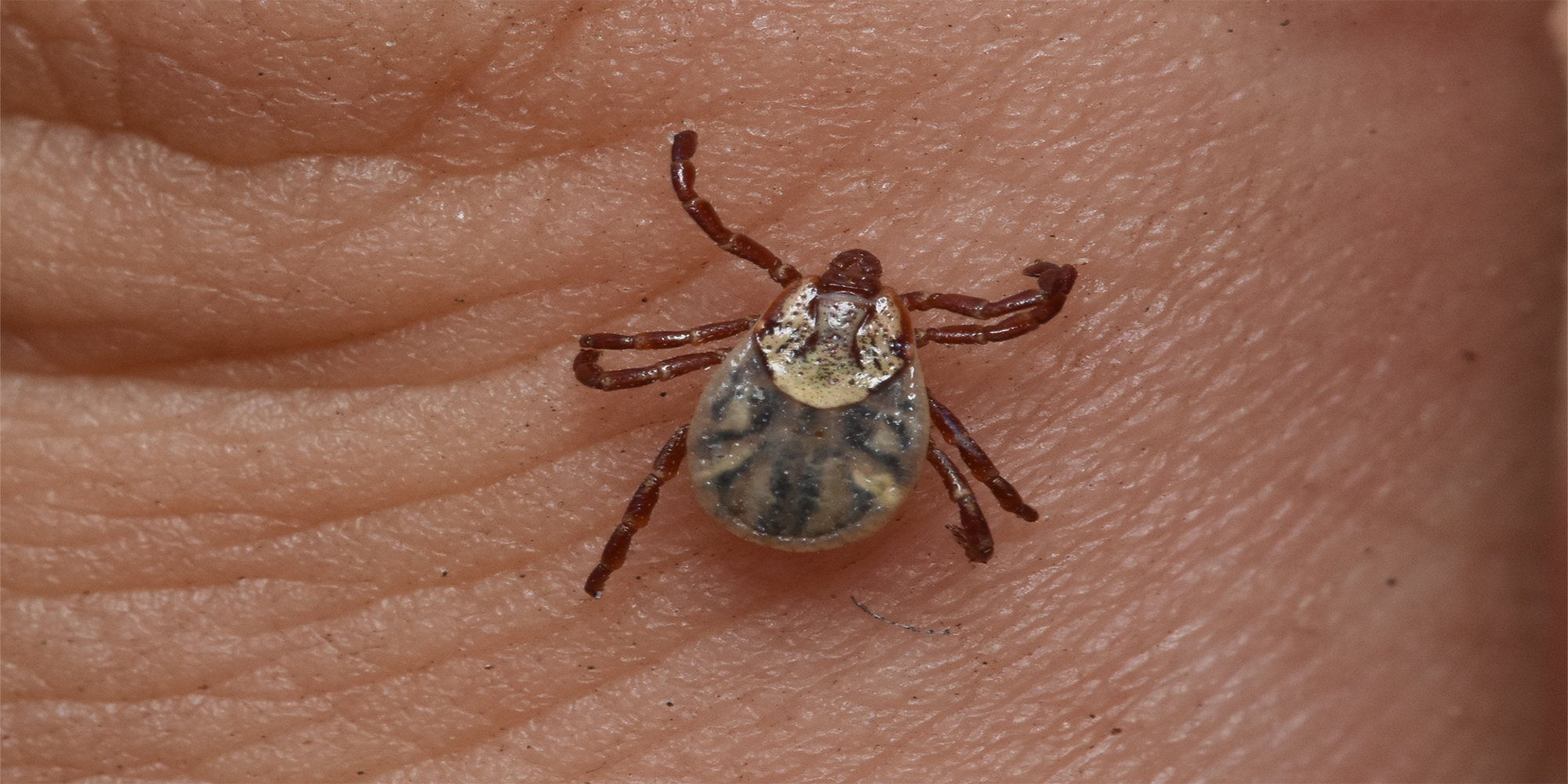
Tick guide: How to identify, remove ticks
Tick tips for peace of mind while exploring the Golden Gate National Recreation Area

Residents and visitors of the Golden Gate National Recreation Area have access to more than 82,000 acres of gorgeous wilderness, much of it hikeable year-round. With great hiking power, comes great responsibility regarding ticks.
“There are three different types of ticks in our area,” said David Yacubian, Interim Director of Safety at the Golden Gate National Parks Conservancy and the founder of wilderness medicine organization Ready SF. “The black-legged tick, which carries Lyme disease, the Pacific Coast tick, and the American dog tick which can carry diseases as well.”
Fortunately, Yacubian says, the numbers of ticks testing positive for Lyme disease in Marin County and neighboring counties is relatively low. It’s important to stay informed and vigilant about ticks to ensure the wellbeing of yourself, your loved ones, and your furry friends.
Now, let’s get into the brass tacks of tick safety:
Ticks are external parasites that feed on the blood of vertebrate species (mammals, birds, reptiles and amphibians) and can cause a range of illnesses in both humans and animals. They can carry Lyme disease and other diseases.
Prevention
- Learn more about whether you live, work, or are traveling in an area of risk. The CDC has some information, but additional information may be available through your local or state health department website.
- Wear protective clothing and footwear. This may include wearing long sleeves and long pants, tucking pants into socks, and wearing a hat or cap.
- Hike in the center of trails to avoid brushing up against vegetation and avoid sitting on logs.
- Wear light-colored clothes so you can easily spot ticks.
- Use repellent: This EPA resource can help you find the repellent that's right for you.
- Treat clothing and gear with permethrin.
- Perform tick checks. Check your body for ticks after being outdoors (especially under the arms, in and around the ears, inside the belly button, back of the knees, in and around the hair, between the legs, and around the waist). Check your clothing (including shoelaces) and gear. Check your pets.
- Shower soon after spending time in tick habitat.
- Put clothing on high in the dryer for at least 10 minutes.
- Prepare and utilize a tick kit: a small first-aid kit that contains everything you need to prevent or remove ticks. Components of a tick kit may include: DEET or another EPA-approved repellent, Permethrin (0.5%) to apply to shoes and clothing, tweezers to remove an embedded tick, rubbing alcohol or soap and water to clean skin after removing tick, and mirrors for employees to inspect themselves for ticks.
Response
- Remove ticks safely using tweezers and pulling upward with steady pressure. Do not twist the tick or try to remove it without a tool. Clean the tick bite area thoroughly and consider keeping the tick in a sealed bag/container for possible future identification or submission.
- Seek medical attention if you observe any symptoms of tickborne illness. It’s important to communicate the tick bite exposure and timing of symptoms to your medical provider and discuss tick bite prophylaxis or treatment options.
A few more important things to note:
- A tick must be biting the skin for at least 24 hours to transmit Lyme disease.
- It’s important to also check your dogs and consider keeping your pooch on a preventative tick treatment
- Never crush a tick with your fingers. Dispose of a live tick by:
- Putting it in alcohol
- Placing it in a sealed bag/container
- Wrapping it tightly in tape
- Flushing it down the toilet
- Be mindful of putting bags or backpacks down in tick areas, they can crawl onto your gear and onto you!
- If you want to get a tick tested for Lyme disease, refer to this resource page.


